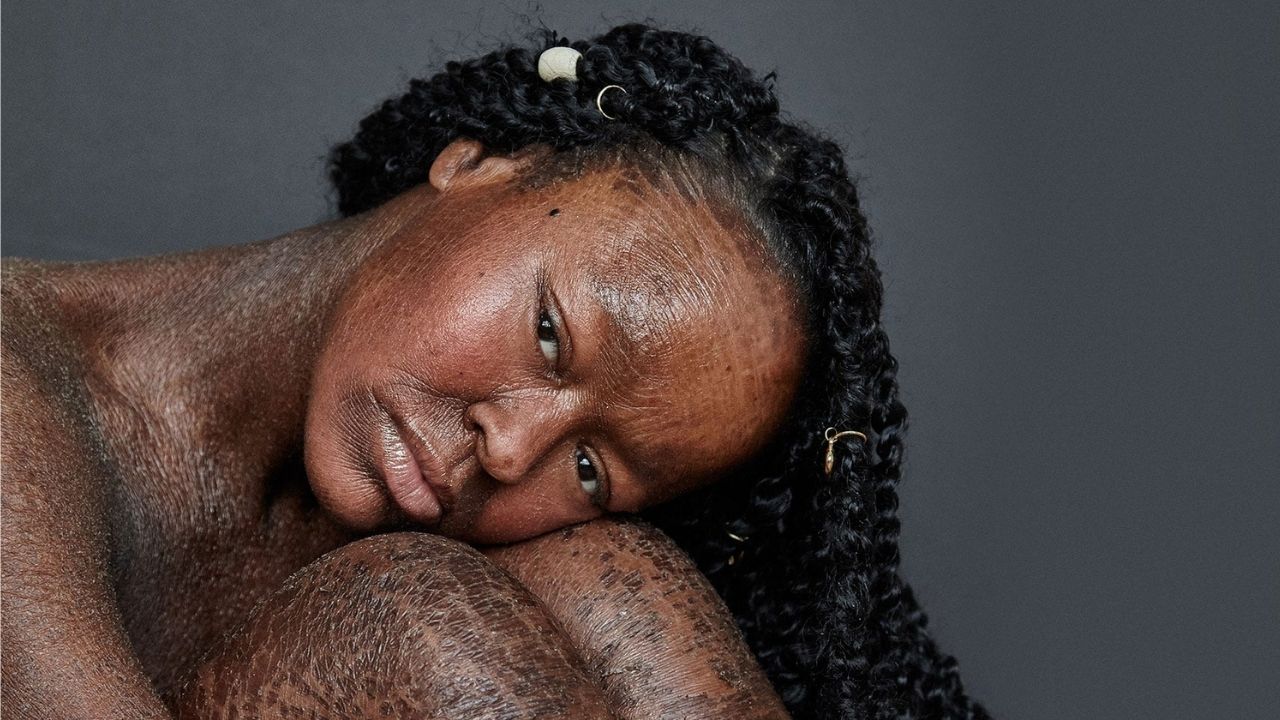
Peeling Skin Ichthyosis is a rare genetic disorder that affects the skin, causing it to peel and form scales. This condition can be challenging to manage, but understanding its nuances can help those affected lead better lives. What causes Peeling Skin Ichthyosis? The primary cause is mutations in the TGM5 gene, which plays a crucial role in skin formation and maintenance. Symptoms often appear at birth or in early childhood, leading to discomfort and potential complications. Treatments focus on managing symptoms through moisturizing creams, keratolytic agents, and sometimes systemic medications. Learning about this condition can empower patients and caregivers to seek appropriate care and support.
Key Takeaways:
- Peeling Skin Ichthyosis (PSI) is a rare genetic skin disorder causing continuous skin shedding. There's no cure, but treatments focus on managing symptoms and improving quality of life.
- Living with PSI can impact social interaction, physical activity, clothing choices, emotional well-being, and school/work schedules. Ongoing research aims to find better treatments and possibly a cure.
What is Peeling Skin Ichthyosis?
Peeling Skin Ichthyosis (PSI) is a rare genetic skin disorder characterized by continuous shedding of the outermost layer of the skin. This condition can be challenging to manage and often requires lifelong care. Here are some intriguing facts about PSI:
-
Genetic Origin: PSI is caused by mutations in the TGM5 gene, which plays a crucial role in skin formation and maintenance.
-
Autosomal Recessive: This disorder is inherited in an autosomal recessive pattern, meaning both parents must carry the mutated gene for their child to be affected.
-
Visible Symptoms: The most noticeable symptom is the peeling of the skin, which can occur spontaneously or with minor friction.
-
Early Onset: Symptoms typically appear at birth or within the first few weeks of life.
-
No Cure: Currently, there is no cure for PSI, but treatments focus on managing symptoms and improving quality of life.
Symptoms and Diagnosis
Understanding the symptoms and how PSI is diagnosed can help in early detection and management. Here are some key points:
-
Red, Inflamed Skin: Affected individuals often have red, inflamed skin, especially on the palms and soles.
-
Itching and Discomfort: The peeling skin can cause significant itching and discomfort, impacting daily activities.
-
Thickened Skin: Over time, the skin may become thickened and scaly, particularly in areas subject to friction.
-
Diagnosis: Diagnosis is typically made through clinical examination and confirmed by genetic testing.
-
Biopsy: A skin biopsy may be performed to examine the structure and composition of the skin layers.
Treatment and Management
Managing PSI involves a combination of skincare routines and medical treatments. Here are some common approaches:
-
Moisturizers: Regular use of moisturizers helps keep the skin hydrated and reduces peeling.
-
Topical Steroids: These can be prescribed to reduce inflammation and itching.
-
Keratolytic Agents: Products containing urea or salicylic acid can help remove thickened skin.
-
Avoiding Triggers: Identifying and avoiding triggers that exacerbate peeling can help manage symptoms.
-
Gentle Skincare: Using gentle, fragrance-free skincare products minimizes irritation.
Impact on Daily Life
Living with PSI can affect various aspects of daily life. Here are some ways it can impact individuals:
-
Social Interaction: Visible skin peeling can lead to self-consciousness and social anxiety.
-
Physical Activity: Activities that cause friction, like sports, can be uncomfortable or painful.
-
Clothing Choices: Loose, soft clothing is often preferred to minimize skin irritation.
-
Emotional Well-being: Chronic skin conditions can lead to emotional stress and require psychological support.
-
School and Work: Frequent doctor visits and skin care routines can interfere with school or work schedules.
Research and Future Directions
Ongoing research aims to find better treatments and possibly a cure for PSI. Here are some exciting developments:
-
Gene Therapy: Scientists are exploring gene therapy as a potential treatment to correct the underlying genetic mutation.
-
New Medications: Research is underway to develop new medications that target specific pathways involved in skin peeling.
-
Clinical Trials: Participation in clinical trials can provide access to cutting-edge treatments and contribute to scientific knowledge.
-
Patient Support Groups: Joining support groups can provide emotional support and practical advice from others living with PSI.
-
Awareness Campaigns: Increasing awareness about PSI can lead to better understanding and support from the community.
Final Thoughts on Peeling Skin Ichthyosis
Peeling Skin Ichthyosis (PSI) is a rare genetic condition that affects the skin, causing it to peel and become red. Understanding PSI helps in managing the symptoms and improving the quality of life for those affected. Early diagnosis and proper treatment can make a significant difference. While there's no cure, treatments like moisturizers, topical steroids, and retinoids can help manage the condition. Support from healthcare professionals and patient communities can provide much-needed assistance and encouragement. Staying informed about the latest research and treatment options is crucial for those living with PSI. Remember, knowledge is power, and being proactive in managing PSI can lead to better outcomes. If you or someone you know is affected by PSI, don't hesitate to seek medical advice and support.
Frequently Asked Questions
Was this page helpful?
Our commitment to delivering trustworthy and engaging content is at the heart of what we do. Each fact on our site is contributed by real users like you, bringing a wealth of diverse insights and information. To ensure the highest standards of accuracy and reliability, our dedicated editors meticulously review each submission. This process guarantees that the facts we share are not only fascinating but also credible. Trust in our commitment to quality and authenticity as you explore and learn with us.
